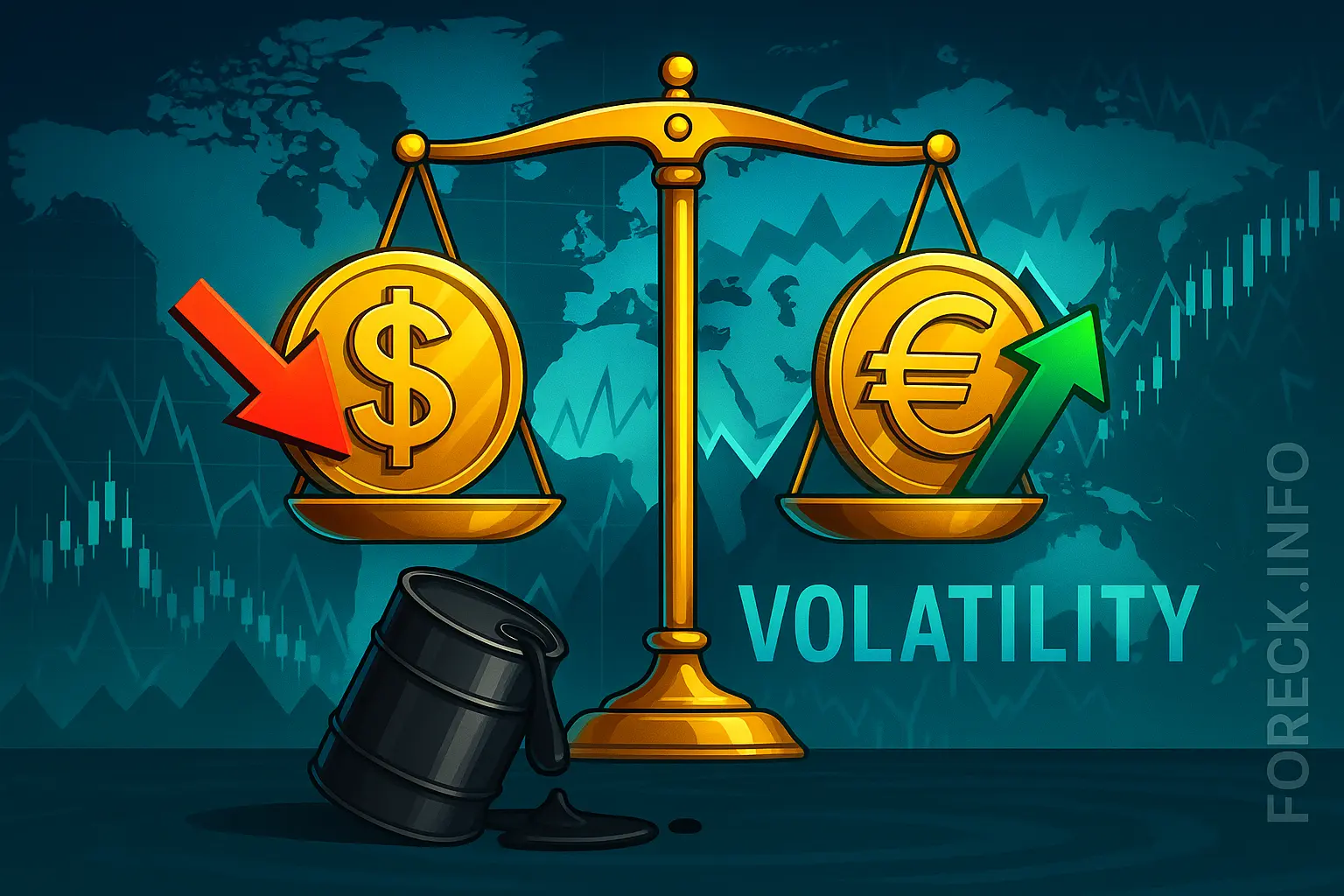Eurozone
The euro is gaining ground versus the pound, yen, and dollar. Strength is driven by ongoing geopolitical tension and reinforced by ECB Vice President Luis de Guindos, who clarified that recent remarks by President Christine Lagarde were not a signal for an abrupt pause in policy, but rather a commitment to assessing data and adjusting rates if necessary. The ECB may pursue another rate cut by year-end to secure inflation at its 2% target, with the latest forecasts anticipating CPI could fall to 1.4% by year’s end, suggesting current rates may still be restrictive.
United Kingdom
Sterling is losing ground against the euro but strengthening versus the yen and the dollar. According to Rightmove, commercial property prices grew just 0.1% MoM (2.7% YoY) in May, while rental rates climbed 0.2% MoM (3.4% YoY). However, the house price index slipped by 0.3% in June, lowering the annual growth rate to 0.8%. The Bank of England is set to meet Thursday at 13:00 (GMT+2); markets largely expect rates to remain at 4.25%, though some policymakers are signaling a dovish stance.
Japan
The yen is appreciating against the dollar but underperforming against the euro and pound. Geopolitical tension in the Middle East weighs on traditional safe havens. While low-yield currencies typically benefit from risk aversion, the yen’s position is undermined by the possibility of tighter policy at the Bank of Japan’s upcoming meeting (Thursday, 05:00 GMT+2). Most analysts expect the overnight rate to remain at 0.50%, with government bond purchases holding steady at ¥400bn per quarter. However, there are growing calls to cut those purchases to ¥200bn, given record-low demand for long-term JGBs.
Australia
The Australian dollar is advancing against the US dollar, yen, euro, and pound. This positive trend is underpinned by encouraging macroeconomic data from China—unemployment dropped to 5.0% in May, while retail sales rose 6.4% YoY, alleviating concerns over the impact of US-China tensions. While industrial production growth eased from 6.1% to 5.8%, the outcome matched market expectations. The Reserve Bank of Australia’s steady, gradual approach to policy easing from the current 3.85% rate also supports the aussie.
Oil
Oil prices are sharply declining, attempting to return to the $72.00 level, as Middle East turmoil triggers the highest trading volatility seen this year. The risk of an effective blockade of the Strait of Hormuz—critical for global energy shipments—has soared. According to Bloomberg, several shipping companies halted oil transport in the region from June 13 onward, sending TD3C supertanker freight rates to 55.0–58.0 points, up 25–30% week-on-week. Meanwhile, contract shipping costs reached $14.00/ton on June 16, compared to $11.00/ton prior to Israeli strikes on Iranian territory.

